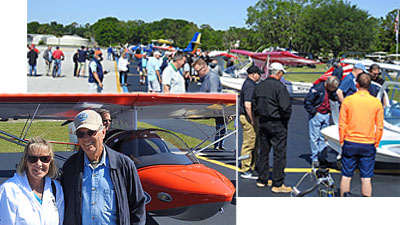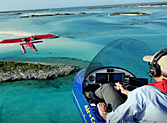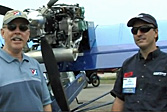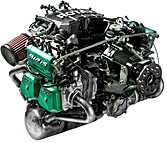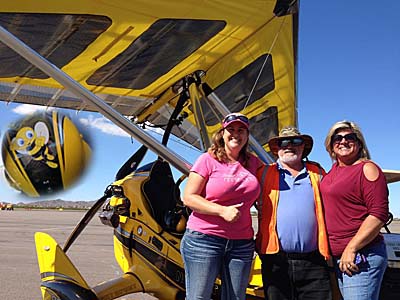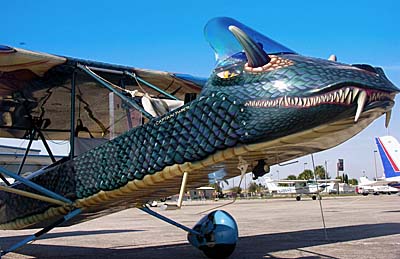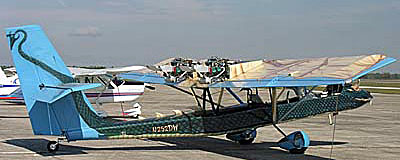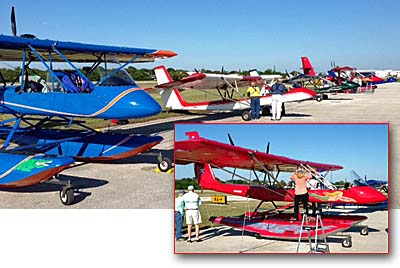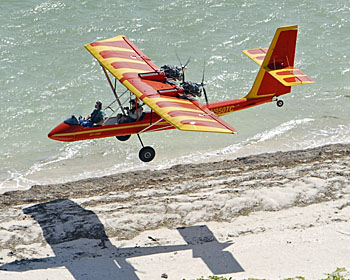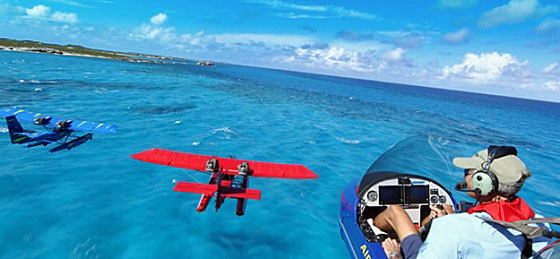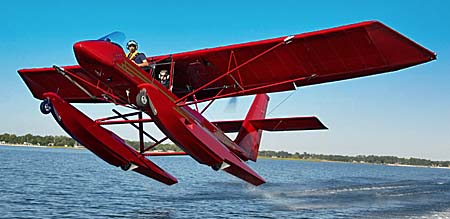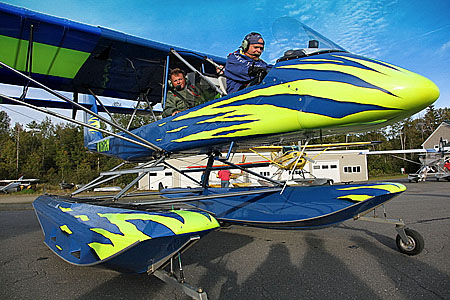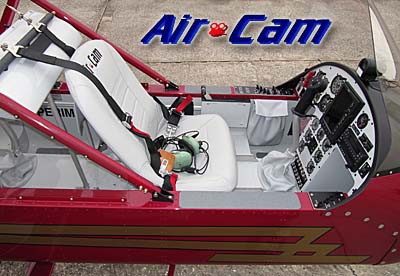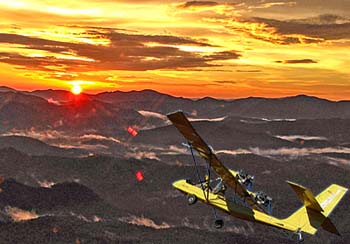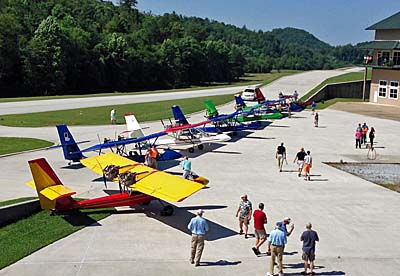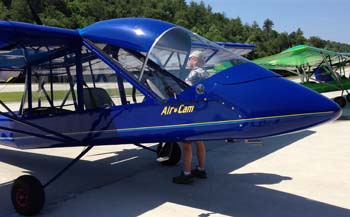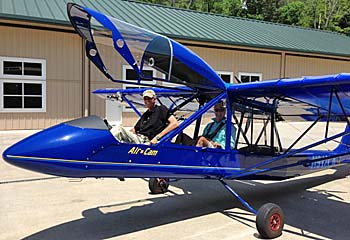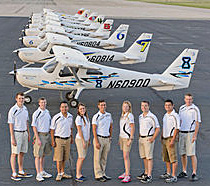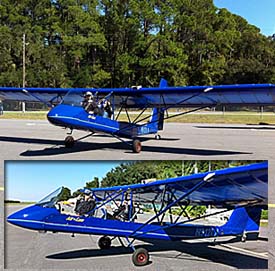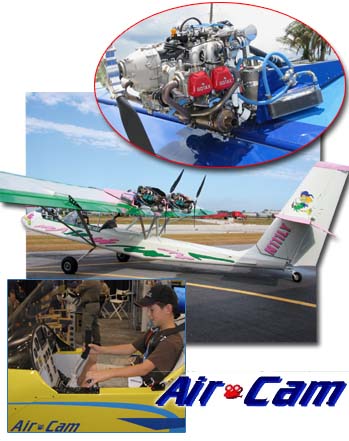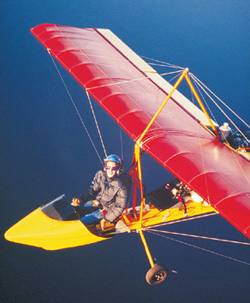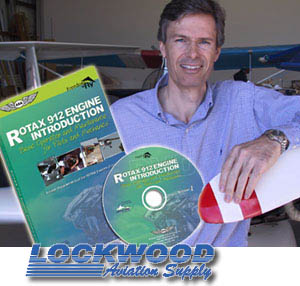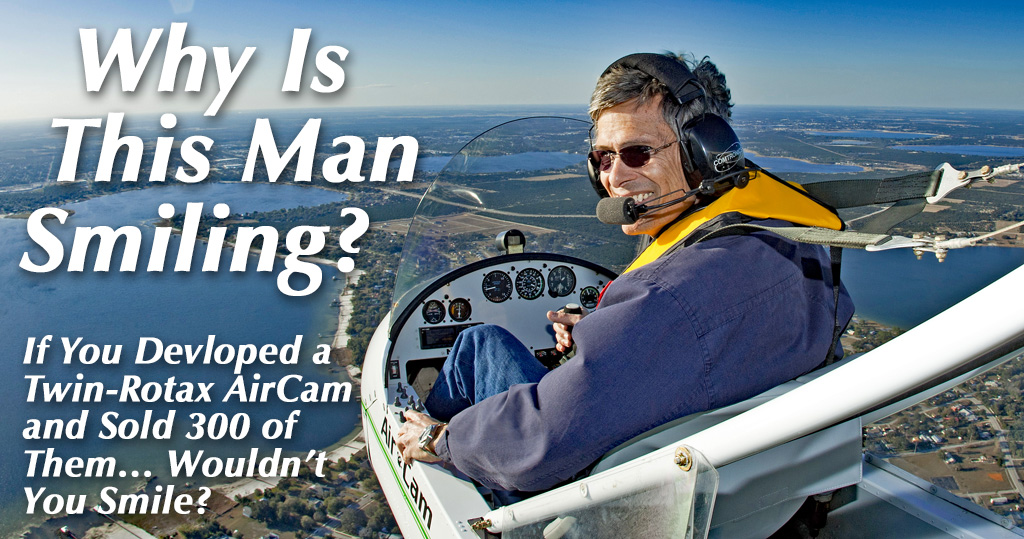
“Winds are going to be rather sporty,” observed AirCam developer, Phil Lockwood, as he and Robert Meyer and the AirCam team finalized arrangements for another fly-out, this one to Jekyll Island (09J). The single runway near the resort island had a crosswind forecast for arrival day. When it comes from the east, air tumbles down over a tree line to disturb a smooth approach. The air was indeed “sporty.” I’m an AirCam enthusiast even though I don’t own one. I earned my multi-engine rating in an AirCam some years ago and I’ll take any opportunity to fly one. Numbering 300 AirCams (…that’s 600 Rotax engines!) Many of you know the story by now. AirCam was first developed to fly National Geographic photographers trying to document nature in Namibia. From what I can tell the entire country appears to be one enormous, dense jungle. Where ya gonna land? Phil to the rescue.


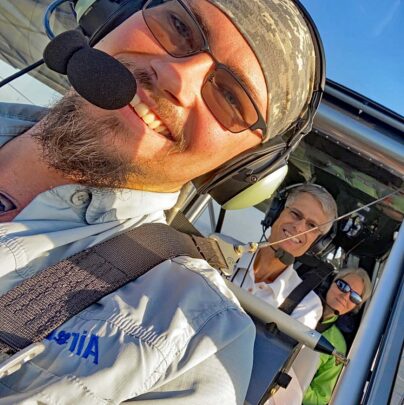
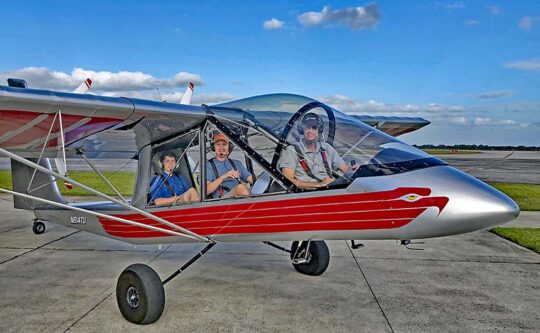
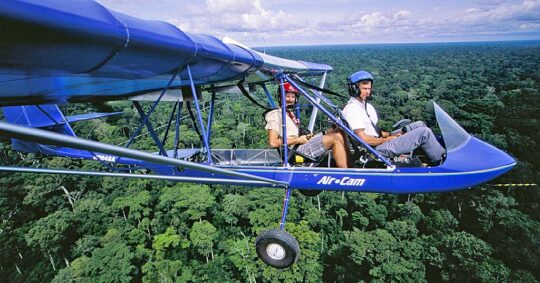
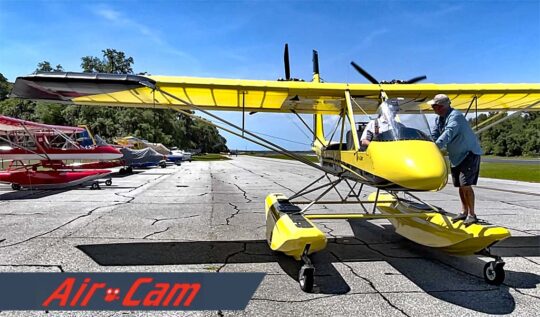
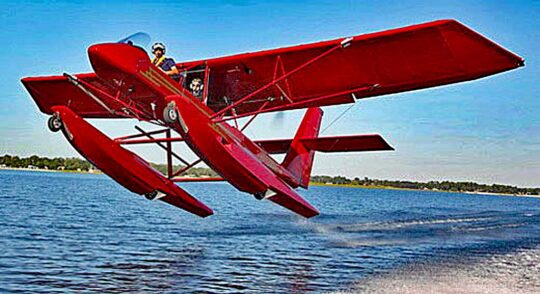 Once we descended below 300 feet, that gusty air made final approach feel like a roller coaster ride. Woo-hoo!
I decided to keep my speed up and leave the flaps retracted to facilitate an abort if it proved too rough. I was prepared to use the majority of the long, paved runway… and I did. Yet we got down. We flew in a Van's RV-12 to which I have access and, like all RVs, the handling is superb. I was sure I would not run out of control authority.
With quite a few hours logged in AirCam, I think it could have handled the winds, but such a decision is about pilot skill and experience, not the aircraft or its controls. Phil made a prudent decision to lead his formation four more miles to St. Simons. Not only was the runway better wind-oriented but the airport area is more open with few nearby obstructions.
As the weekend unfolded, the winds died down and Jekyll proved as fetching a place as ever. I tell you what: these AirCam people know where to take their powerful birds for a good time.
Once we descended below 300 feet, that gusty air made final approach feel like a roller coaster ride. Woo-hoo!
I decided to keep my speed up and leave the flaps retracted to facilitate an abort if it proved too rough. I was prepared to use the majority of the long, paved runway… and I did. Yet we got down. We flew in a Van's RV-12 to which I have access and, like all RVs, the handling is superb. I was sure I would not run out of control authority.
With quite a few hours logged in AirCam, I think it could have handled the winds, but such a decision is about pilot skill and experience, not the aircraft or its controls. Phil made a prudent decision to lead his formation four more miles to St. Simons. Not only was the runway better wind-oriented but the airport area is more open with few nearby obstructions.
As the weekend unfolded, the winds died down and Jekyll proved as fetching a place as ever. I tell you what: these AirCam people know where to take their powerful birds for a good time. 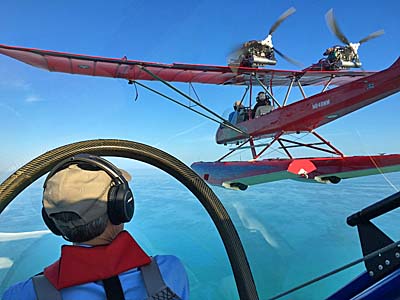 Let me admit right up front: I am a big fan of AirCam. I have flown several different examples. I have done a flight report in one with boss Phil Lockwood. I even earned my Multi-Engine Rating in one. For a longtime open-cockpit ultralight pilot like me, AirCam may be the ultimate expression of a fun aircraft in which you can do things you shouldn't even consider in most other airplanes.
So, when Phil told me about
Let me admit right up front: I am a big fan of AirCam. I have flown several different examples. I have done a flight report in one with boss Phil Lockwood. I even earned my Multi-Engine Rating in one. For a longtime open-cockpit ultralight pilot like me, AirCam may be the ultimate expression of a fun aircraft in which you can do things you shouldn't even consider in most other airplanes.
So, when Phil told me about 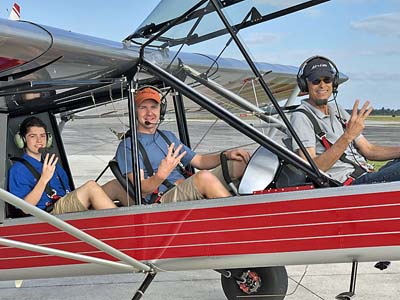 The third seat can be installed in either an open-cockpit AirCam or one with the full enclosure canopy. The canopy — developed some years after AirCam first emerged — was designed from the start to accommodate the third seat.
“Numerous improvements have been incorporated in the new Gen-3 model airframes to accommodate the optional gross weight increase and jump seat,” said Lockwood. “The landing gear has been strengthened to accommodate greater landing and take off weights. Landing gear modifications include new stronger gear legs, a beefed-up fuselage gearbox and upgraded Beringer wheels and brakes.”
Phil Lockwood also reported AirCam’s aft section of the fuselage and tail spring have also been strengthened to accommodate the higher loads. The new fuselage incorporates a new set of foot wells to improve comfort and safety when utilizing the jump seat.
The third seat can be installed in either an open-cockpit AirCam or one with the full enclosure canopy. The canopy — developed some years after AirCam first emerged — was designed from the start to accommodate the third seat.
“Numerous improvements have been incorporated in the new Gen-3 model airframes to accommodate the optional gross weight increase and jump seat,” said Lockwood. “The landing gear has been strengthened to accommodate greater landing and take off weights. Landing gear modifications include new stronger gear legs, a beefed-up fuselage gearbox and upgraded Beringer wheels and brakes.”
Phil Lockwood also reported AirCam’s aft section of the fuselage and tail spring have also been strengthened to accommodate the higher loads. The new fuselage incorporates a new set of foot wells to improve comfort and safety when utilizing the jump seat.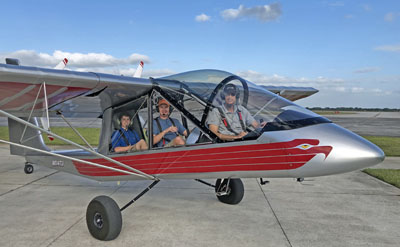 Being Rotax experts known across the country, Lockwood's enterprise was ready to step up the potency of their twin engines.
They've long offered the more powerful turbocharged Rotax 914. Most AirCams, however, work wonderfully well with a pair of the 100-horsepower Rotax 912ULS or 912iS engines. Even more could be better, you might agree.
To provide the additional single engine performance needed for the higher gross weights of AirCam Gen 3 Lockwood Aircraft is offering a new, upgraded 115-horsepower Rotax 912 power package using a “big-bore kit” involving new cylinders and heavier pistons. “Customers opting for the standard 100-horsepower 912 engines will be limited to the original 1,680-pound maximum gross weight,” Lockwood clarified.
Being Rotax experts known across the country, Lockwood's enterprise was ready to step up the potency of their twin engines.
They've long offered the more powerful turbocharged Rotax 914. Most AirCams, however, work wonderfully well with a pair of the 100-horsepower Rotax 912ULS or 912iS engines. Even more could be better, you might agree.
To provide the additional single engine performance needed for the higher gross weights of AirCam Gen 3 Lockwood Aircraft is offering a new, upgraded 115-horsepower Rotax 912 power package using a “big-bore kit” involving new cylinders and heavier pistons. “Customers opting for the standard 100-horsepower 912 engines will be limited to the original 1,680-pound maximum gross weight,” Lockwood clarified.
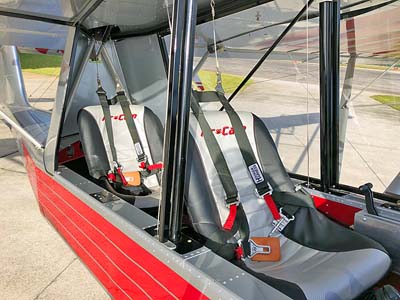 “The additional 15 horsepower per engine is achieved though an increase in displacement with no increase in weight.” Customers may purchase or retrofit either a carbureted 912 ULS or fuel injected 912iS engine package to provide 115-horsepower upgrades for either engine model. Buyers or owners can opt to install the 115-horsepower package at a later date.
What may be exciting for current owners of a 912ULS or iS on another airplane is that this engine upgrade is something you can achieve retroactively. The cost is about $6,000, Phil indicated, but for that money you get a substantial performance boost.
“The additional 15 horsepower per engine is achieved though an increase in displacement with no increase in weight.” Customers may purchase or retrofit either a carbureted 912 ULS or fuel injected 912iS engine package to provide 115-horsepower upgrades for either engine model. Buyers or owners can opt to install the 115-horsepower package at a later date.
What may be exciting for current owners of a 912ULS or iS on another airplane is that this engine upgrade is something you can achieve retroactively. The cost is about $6,000, Phil indicated, but for that money you get a substantial performance boost. 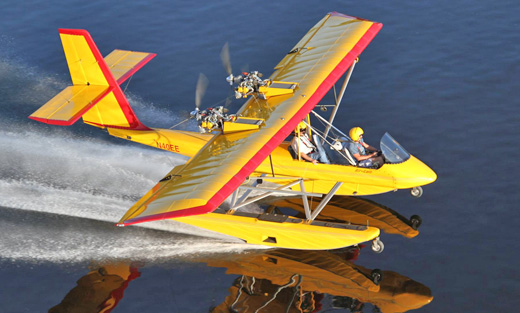
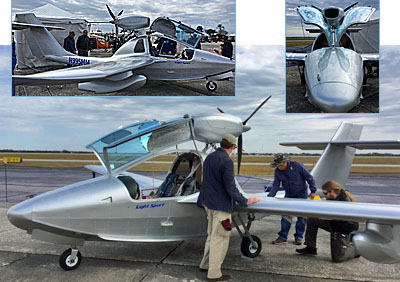
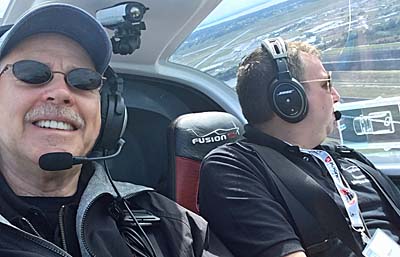
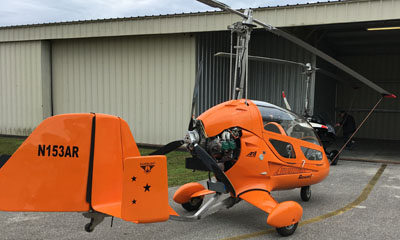
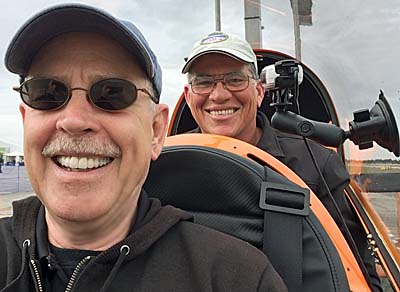
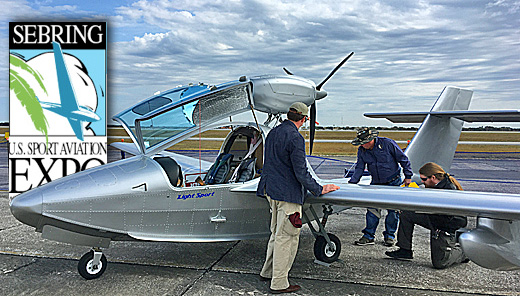
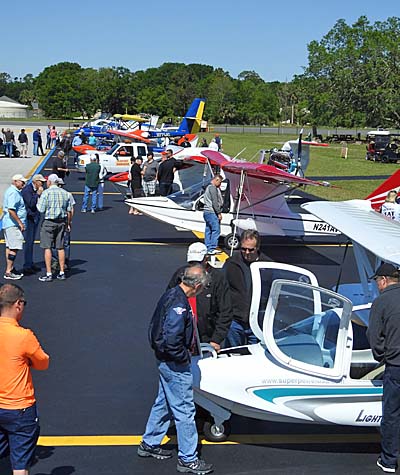
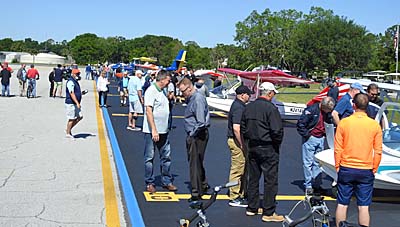 Joe knows his light seaplanes. He’s built at least one Searey and he used to fly it daily from Spruce Creek to a lake in Tavares, Florida where Progressive Aerodyne manufactures Searey. For a couple years, Joe was CEO of the operation making him highly aware of this niche of airplanes.
Joe knows his light seaplanes. He’s built at least one Searey and he used to fly it daily from Spruce Creek to a lake in Tavares, Florida where Progressive Aerodyne manufactures Searey. For a couple years, Joe was CEO of the operation making him highly aware of this niche of airplanes.
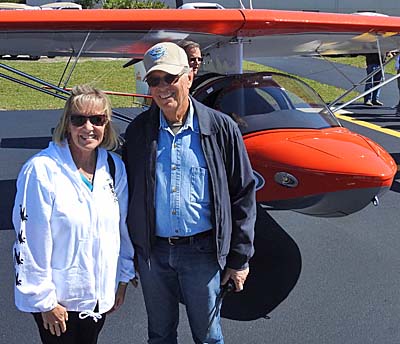
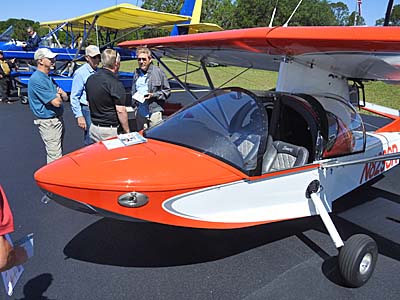 Searey — The most established of the collection is this veteran design from
Searey — The most established of the collection is this veteran design from 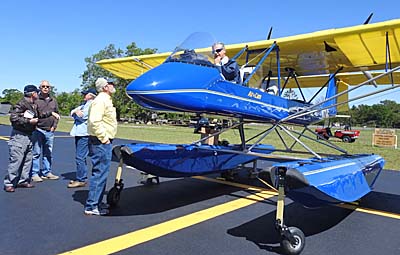 AirCam — The lone floatplane of the group is also the only twin engine of the group yet this larger-than-life airplane still qualifies as a light aircraft, easily so. Given its modest weight, the presence of two Rotax 9-series engines on this kit makes it a formidable performer but one that can use that capability at slow speeds, making the airplane an absolute delight for the kind of low-elevation flying that many others aircraft should not attempt. Around 200 are flying. Kit builder
AirCam — The lone floatplane of the group is also the only twin engine of the group yet this larger-than-life airplane still qualifies as a light aircraft, easily so. Given its modest weight, the presence of two Rotax 9-series engines on this kit makes it a formidable performer but one that can use that capability at slow speeds, making the airplane an absolute delight for the kind of low-elevation flying that many others aircraft should not attempt. Around 200 are flying. Kit builder 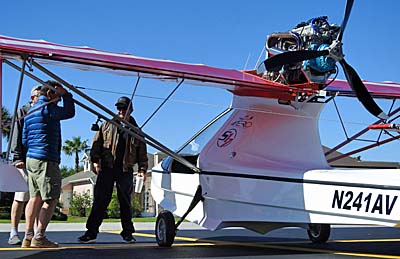 Aero Adventure — The Aventura model, seen here in its new S-17 configuration, dates back as far as the Searay but because of ownership changes the design also evolved uniquely. Originally known as the Buccaneer, it became of the Aventura when Carlos Pereyra added his exceptional fiberglass skills to the hull. Current owner, Alex Rolinski, has taken the design into the CAD age and beefed up its performance. The S-17 model boasts a 117-horsepower AeroMomentum Suzuki-based engine and attractive options; the package has been attracting strong interest for
Aero Adventure — The Aventura model, seen here in its new S-17 configuration, dates back as far as the Searay but because of ownership changes the design also evolved uniquely. Originally known as the Buccaneer, it became of the Aventura when Carlos Pereyra added his exceptional fiberglass skills to the hull. Current owner, Alex Rolinski, has taken the design into the CAD age and beefed up its performance. The S-17 model boasts a 117-horsepower AeroMomentum Suzuki-based engine and attractive options; the package has been attracting strong interest for 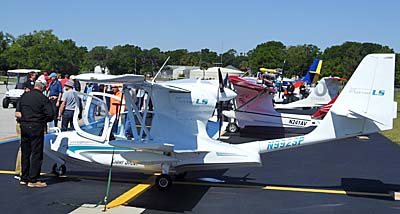 Super Petrel — One of the most unique entries is the bi-wing Super Petrel LS from
Super Petrel — One of the most unique entries is the bi-wing Super Petrel LS from 